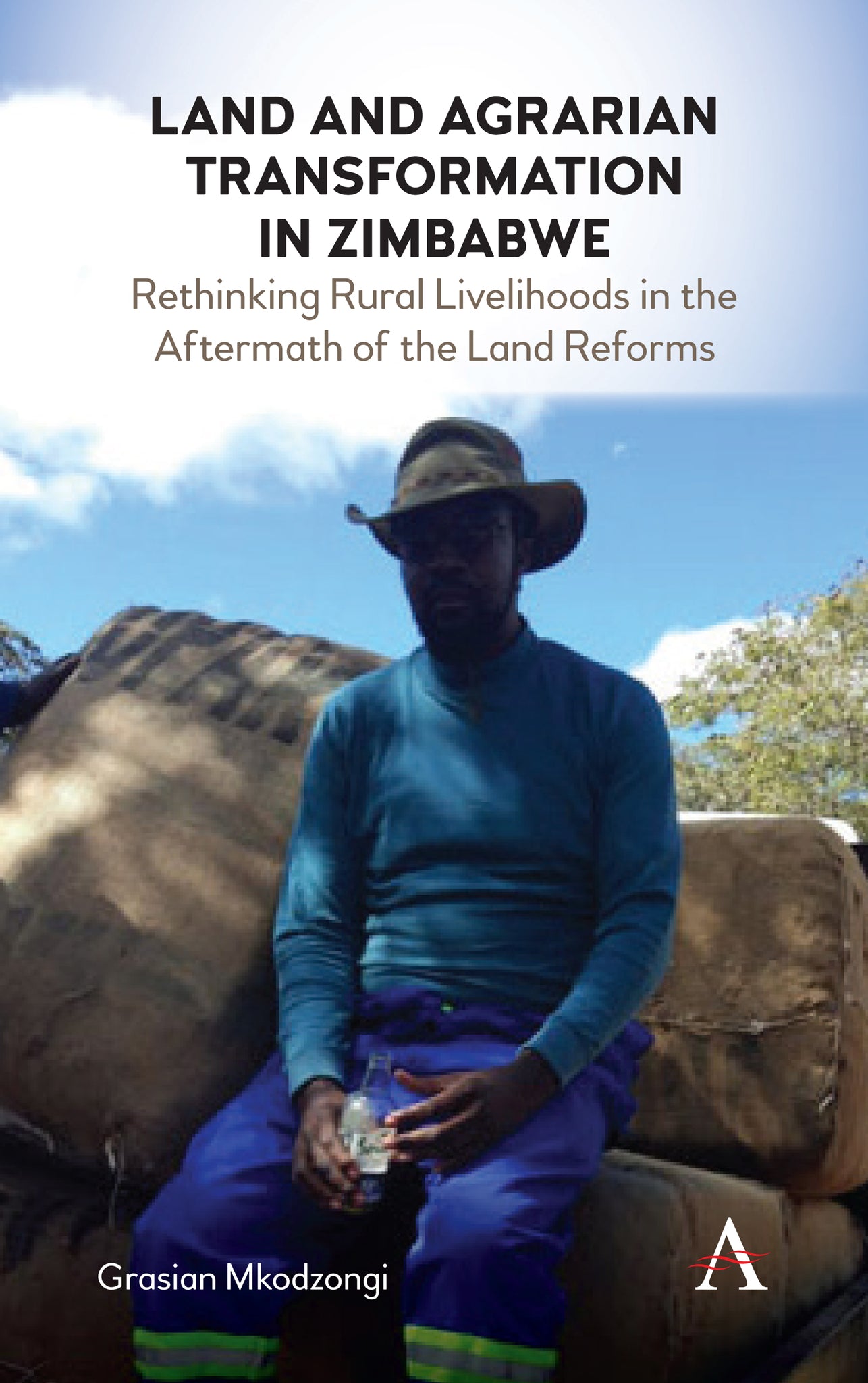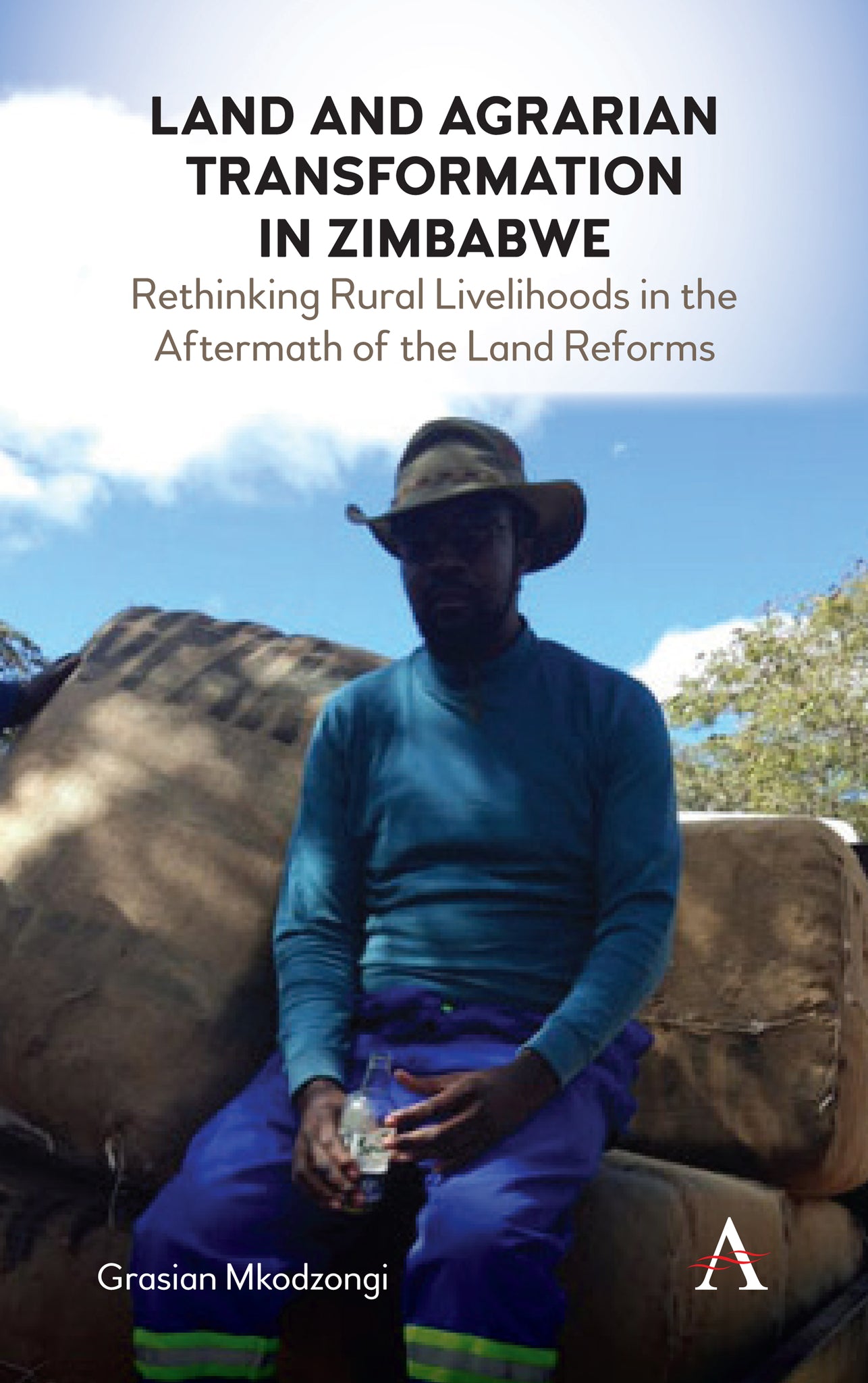We're sorry. An error has occurred
Please cancel or retry.
Land and Agrarian Transformation in Zimbabwe

Some error occured while loading the Quick View. Please close the Quick View and try reloading the page.
Couldn't load pickup availability
- Format:
-
05 June 2020

This book examines the dynamics underpinning the implementation of Zimbabwe’s fast track land reforms. By utilising ethnographic data gathered in central Zimbabwe, the book goes beyond the polarised debates which dominated scholarship in the earlier period to highlight the changing livelihoods occasioned by the land reform. The book argues that despite the challenges faced by the newly resettled farmers, the land reform has allowed landless and land-short peasants access to land and other natural resources which were previously enclosed to them under a bi-modal agrarian structure inherited from colonialism.

SOCIAL SCIENCE / Agriculture & Food ( see also POLITICAL SCIENCE / Public Policy / Agriculture & Food Policy), Cultural studies: food and society, SOCIAL SCIENCE / Sociology / Rural, SOCIAL SCIENCE / Anthropology / Cultural & Social, Rural communities / rural life, Social and cultural anthropology

Twenty years after Zimbabwe’s radical land reform, this book challenges the persistent myths about its consequences. Based on detailed fi eldwork documenting the diverse livelihoods emerging on the resettlements, the book explores the intersections of agriculture, mining and other income sources, and the social and political contexts of these new rural communities. For a balanced, empirically informed analysis, this book is essential reading.’—Ian Scoones, Professor, Institute of Development Studies, University of Sussex, UK
Abbreviations; Chapter One: Introduction: An Overview of Zimbabwe’s Land Reform Program, 2000–2020; Chapter Two: Reclaiming the land in Mhondoro Ngezi; Chapter Three: Land beneficiaries and their origins; Chapter Four: Governing the land after the land reform; Chapter six: ‘Turning Strangers into Neighbours’: Social organisation and agency after the land reforms; Chapter Seven: Conclusions; Bibliography; Archival files; Newspaper articles; List of interviews; List of meetings; Index.



